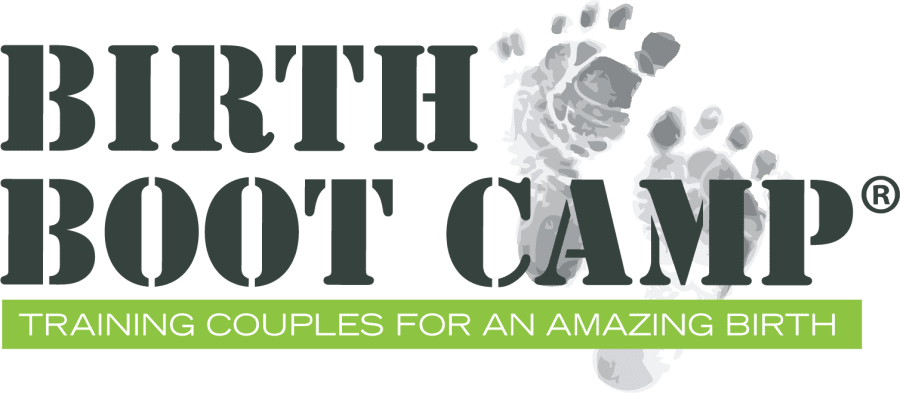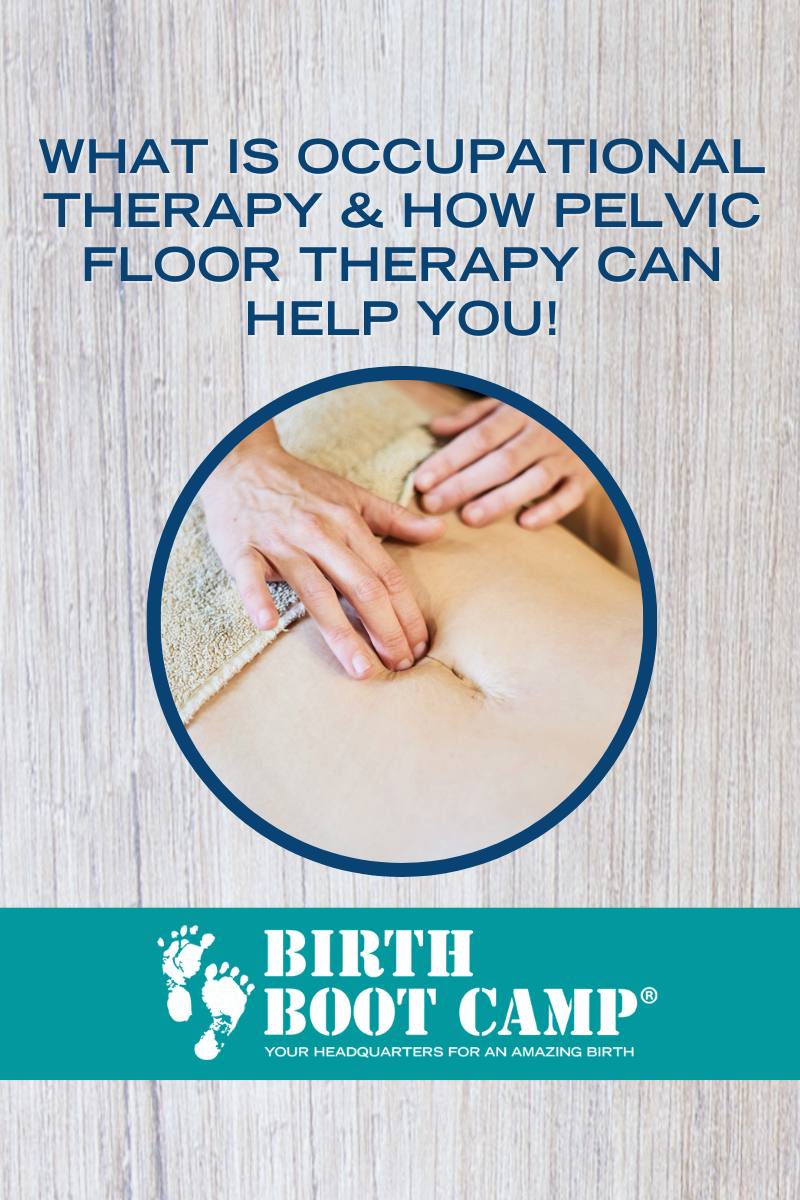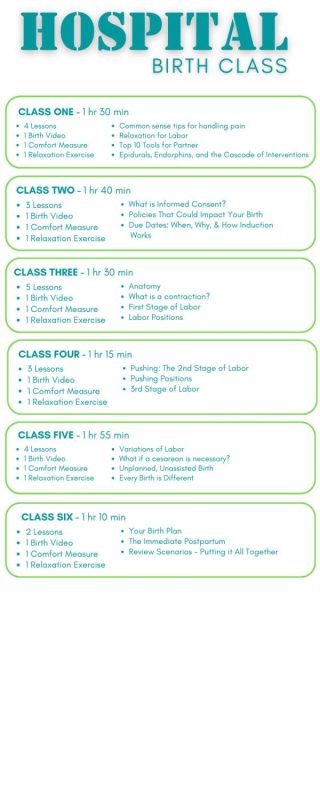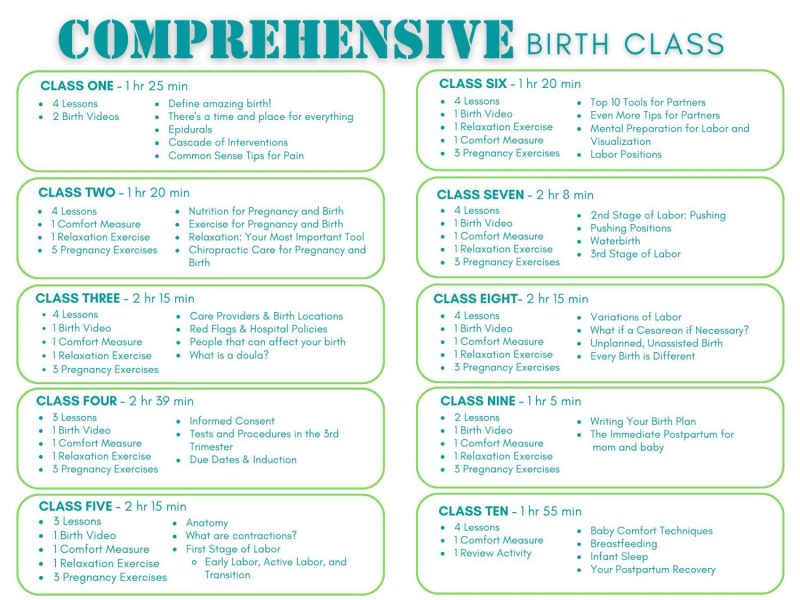What is Occupational Therapy (OT)?
Occupational therapy is a holistic health care profession that aims to develop, recover, or maintain independence in activities of daily living including but not limited to dressing, grooming, bathing, toileting, feeding and other meaningful activities. Occupational therapy gets its name from the word “occupation” which refers to any activity that occupies your time.
What type of diagnoses pelvic floor therapy addresses
We see many patients prenatally, postpartum, and different phases of menopause. Some examples of diagnoses we would see for pelvic floor therapy include things such as pain during intercourse, chronic UTIs, prolapse, urinary or fecal incontinence, constipation, vaginismus, endometriosis, pelvic organ prolapse, pain in pelvis or vagina, and irritable bowel syndrome. We also address preparation for labor, stress incontinence, postural pain, pelvic pain, birthing positions, positioning and handling of newborn, diastasis recti abdominis, scar tissue massage, bladder leakage/incontinence, and return to exercise.
 How our (OT) skills integrate with pelvic floor therapy
How our (OT) skills integrate with pelvic floor therapy
Pelvic floor therapy is beneficial to those suffering from pain, discomfort, or disturbance of the pelvic floor that interferes with participation in daily activities such as caring for children, exercise, sexual activity, and toileting just to name a few. Since pelvic floor dysfunction can affect an individual’s ability to engage in activities of daily living, occupational therapists are well suited to address the pelvic floor. Not only does pelvic floor dysfunction affect daily activities from a physical standpoint, but it also affects an individual’s social engagement and emotional well-being as well.
Occupational therapists are extensively trained in therapeutic techniques that look at a person a whole, not just the physical.
Treatment ideas
Treatment is specific to an individual’s needs. If someone were to come in with incontinence we’d discuss bladder irritants, bladder retraining, and provide exercises to improve the state of the pelvic floor. If the individual is comfortable and it is deemed necessary, we would measure the musculature by performing an internal exam to see if the individual is experiencing a tightness or weakness of the pelvic floor.
What is so great about Occupational Therapy is that our vision is more or less speaking to your activities of daily living and what is most important to you. A new mom might be struggling with lower back pain when bathing her child. As an OT practitioner, we’d work on body mechanics when bending over the bathtub or even suggest other environmental modifications if needed, so she can continue to bathe her child but pain free.
With that being said, you don’t have to be a new mom to receive our services; our goal is to help you recover and move on. It’s not a forever treatment. It’s common for women to prioritize caring for their child to the point that they don’t prioritize their own needs.
We realize that pelvic floor therapy is an investment, but who better to invest in than yourself? You can’t pour from an empty cup.

Cristina Schoggin, OTA and Erin Cavazos, OTR, co-founders of PivOTal Occupational Therapy.
We believe that we can change your life. A life of pain, living moment to moment, with considerable stress and embarrassment are things you do not have to live with. Our goal is to empower women and foster confidence by improving their overall health.


 How our (OT) skills integrate with pelvic floor therapy
How our (OT) skills integrate with pelvic floor therapy





